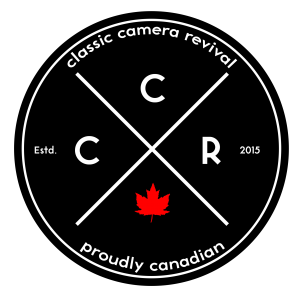Bill, Alex, and Alex dig into Rollei’s other iconic camera, the small form factor Rollei 35, a small 35mm full-frame before they were popular. The trio discusses the camera’s history, the good, the bad and everything in between.
When it comes to cameras produced by Franke & Heidecke, the first format that comes to almost everyone’s mind is the Twin Lens Reflex. But these aren’t the only iconic camera produced by one of the big names in the German camera business. The story of the company’s other iconic camera doesn’t begin with them; it instead starts in a living room. The living room belonged to noted camera designer Heinz Waaske. Waaske worked for the Wirgin company, and his first successful design resulted in the Edixa Reflex camera. Waaske began to design a new compact camera, and in 1962 he drew up the initial designs for a new 35mm camera that would use a standard cassette and expose the standard 36x24mm frame. But he wanted a camera the size of a standard package of cigarettes. Using the prototype workshop at Wirgin Waaske produced a functioning design and overcame several hurdles along the way. Waaske chose a triplet lens 40mm f/3.5 that could collapse into the camera body. The collapsable lens meant there was another problem, how to mount the shutter. Waaske designed a two-part shutter, where the clockwork aspects were fixed into the camera body while the blades were in the lens tube. A CdS cell meter with a match-needle coupled exposure system with the aperture and shutter controls mounted on the front of the camera body to the left and right of the lens. The film advance is mounted at the bottom, and even the internals was not safe from space-saving measures, the film guide mounted only five sprockets rather than the standard eight. Proud of his creation, he went and presented it to his boss, Heinrich Wirgin. Wirgin declared the camera a waste of time, knowing full well that he intended to downsize the camera production of the company. Waaske out of a job went and peddled his design to other companies, including both Kodak and Leitz. Imagine an alternate timeline where the compact design had been picked up by Kodak or even Leitz? But there was also a chance that the camera would never be produced. By January 1965 Waaske found a job at Franke & Heidecke and in March the new managing director, Heinrich Peesel, saw the design and immediately saw the potential and directed Waaske to pursue the design.

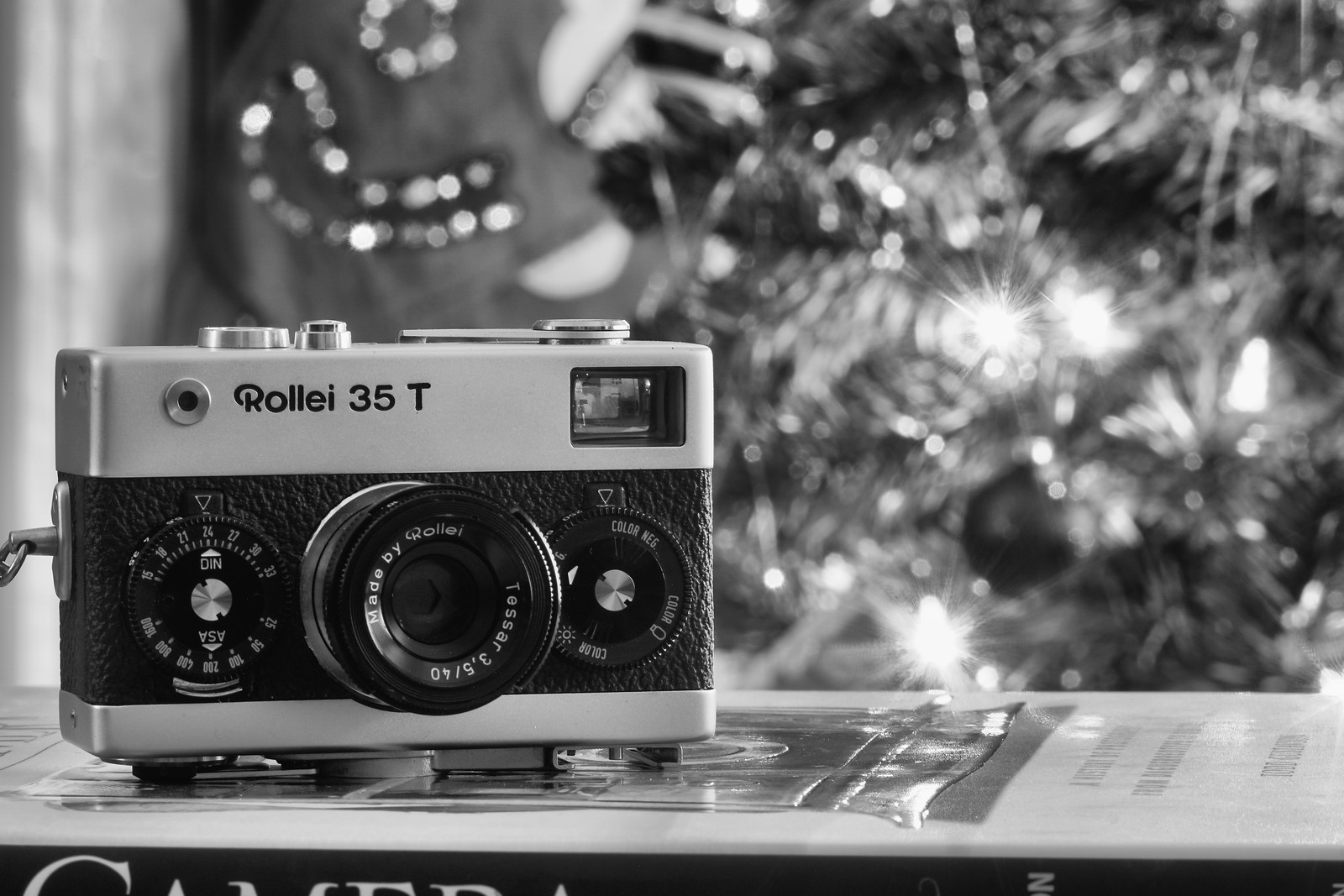

But under Peesel there would have to be some changes to the original design. Waaske had to change some of the sources of the camera components. The lens changed from a simple triplet to a Carl Zeiss Tessar, the shutter design went to Compur who produced that part, and the meter came from Gossen. At Photokina 1966 the world saw the Rollei 35 for the first time. Production kicked off in July, and by the end of the year, some 900 units saw production. These early models were marked with “Made in Germany by Rollei – Compur – Gossen – Zeiss” in 1967 production scaled up to meet demand so that the factory produced a 1000 units a month. Oh, and that long “Made By” brand was shorted by August to “Made in Germany by Rollei.” By the end of the 1960s, the golden age of Rollei was coming to a close, and the choice was made to move manufacturing to Singapore, including the Rollei 35 line. From 1971 to 1974 the brand Rollei 35 remained, only the “Made By Rollei in Singapore” but there were more changes than just a simple set of text. Internally the shutter and light meter switched to Japanese manufacturers, Copal for the shutter and Nissei for the lightmeter. The lens production was now down in-house at the Singapore plant but were factory copies of Zeiss Tessars, these were now marked “Made by Rollei.” In 1974 the Rollei 35 T saw release, it remained a continuation of the Rollei 35, the reason was that Rollei decided to make a higher-end model. The Rollei 35 S had always been on the books but didn’t see realisation until the move. The only difference is that the Rollei 35 S mounted a license-built Zeiss Sonar lens, 40mm f/2.8.




But where there is a high-end model and a mid-range model, there’s also a low-end model. First released in 1965, Rollei produced two lower-end units, the Rollei B 35 which featured a Selenium light meter and the Rollei C 35 which lacked any sort of light meter. Both mounted a Zeiss Triotar 40mm f/3.5 lens. While the C 35 never transitioned to the Singapore plant and ceased production in 1971, the B 35 continued production and was renamed the Rollei 35 B in 1974. In 1978 Rollei began producing some updated versions of their Rollei 35 cameras, these would use LEDs to indicate exposure, with the Rollei 35 LED coming out first and then the Rollei 35 TE and Rollei 35 SE (Tessar and Sonar respectively). But the minor update did little to help the company, production of the 35 T, 35 S, and 35 B ended in 1980, the LED models a year later. The successor company which grew out of the ashes got their hands on much of the tooling and some parts and in 1982 began producing cameras. TLRs first and then in 1990 began producing limited numbers of the Rollei 35, now branded the Rollei 35 Classic which was the same as the Rollei 35 SE, a metric version was also provided. But these were high end and produced in limited quantities. A 1995 Golden 75th Anniversary version saw 900 units produced. And in 2014 it was all over, just two years shy of the 50th anniversary of the Rollei 35.

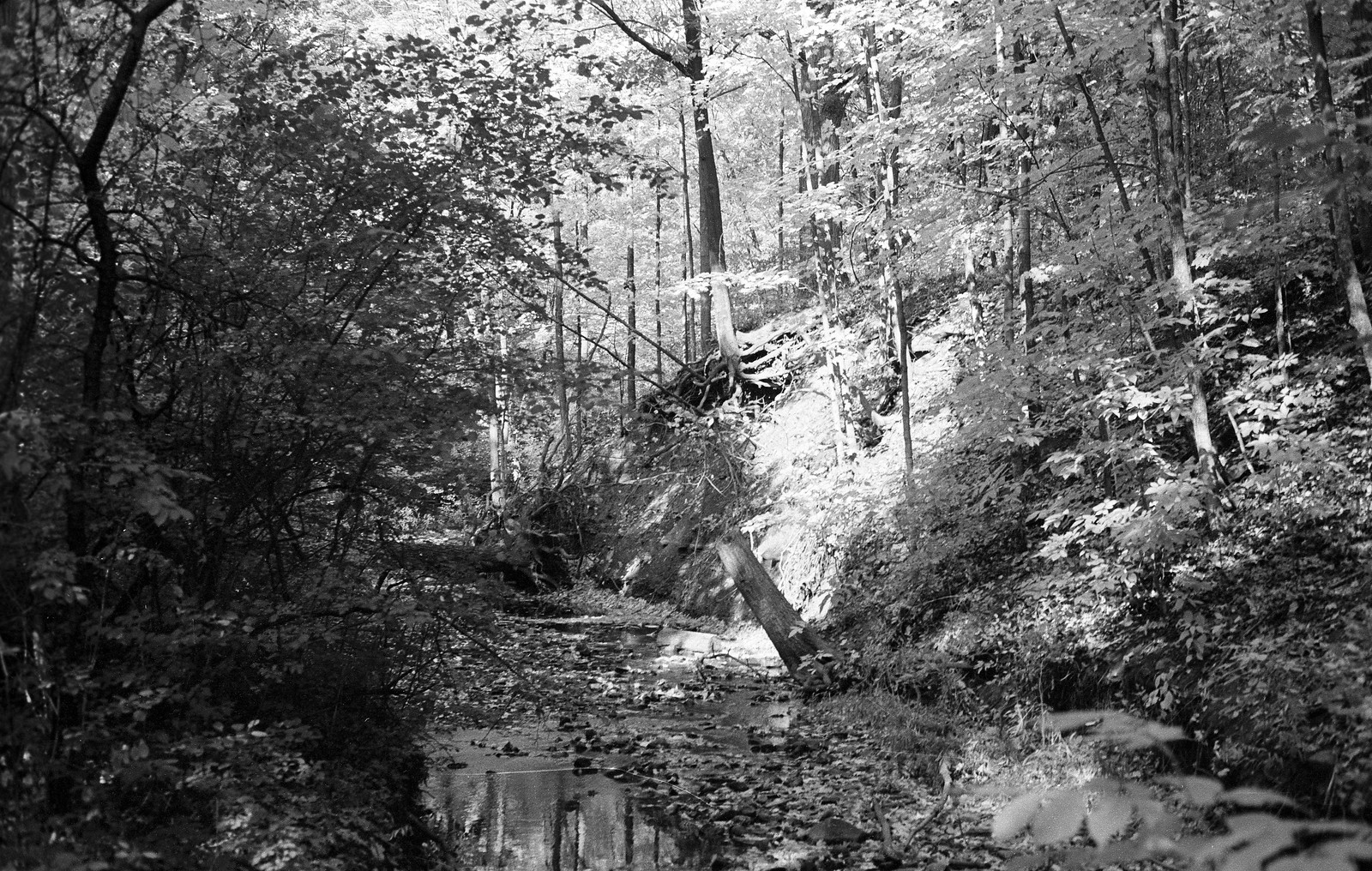

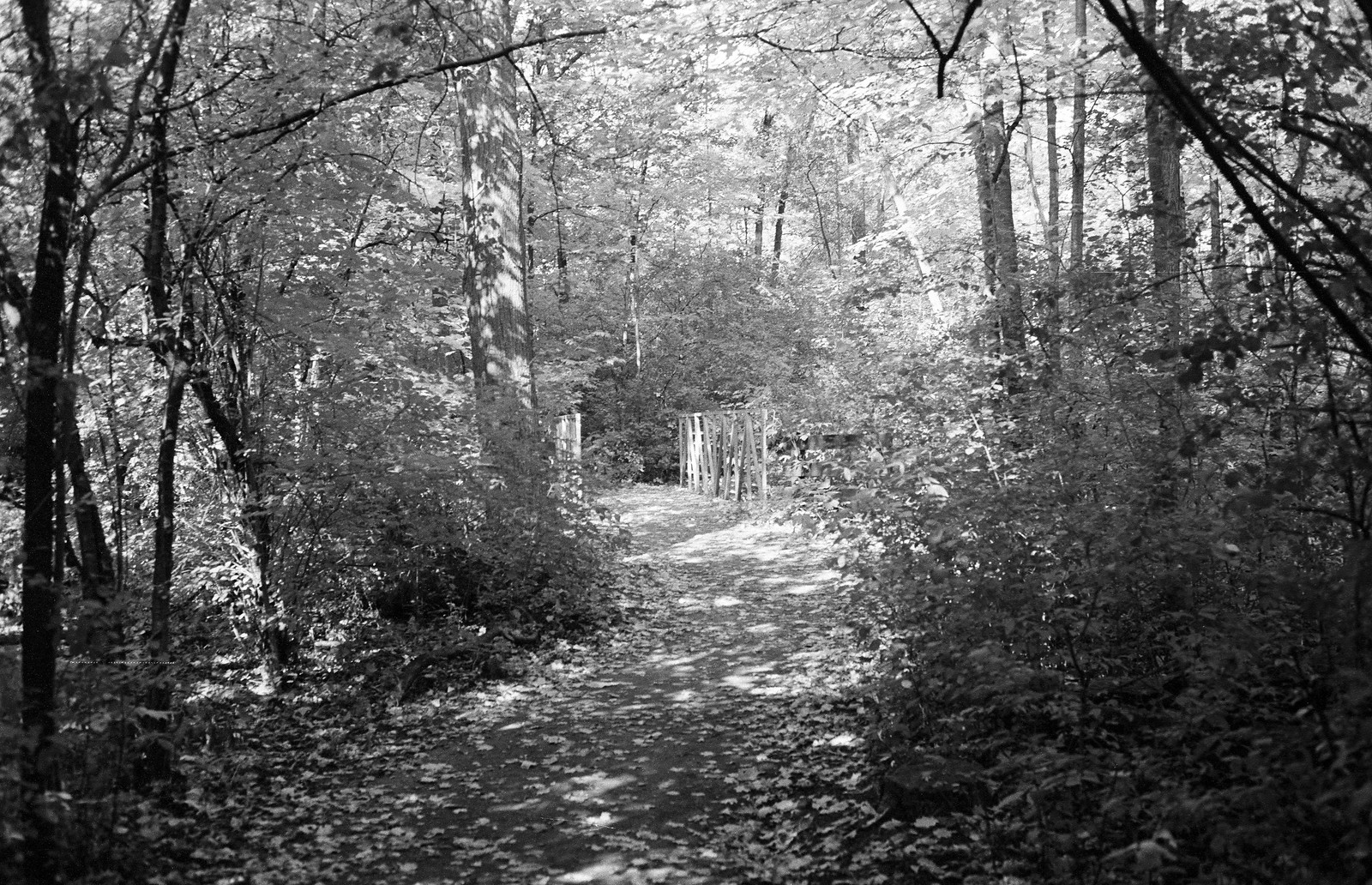
Today, the Rollei 35 has gained a bit of a cult following. That comes as no surprise, as the cameras are compact, lightweight, and can be carried around with little difficulty. That is in addition to amazing optics that come with either the Sonnar or Tessar mounted cameras. Combine these two items, and you have a camera that is perfect for travel, street, and even ski hill photography. No need to carry a large bag. But these cameras aren’t for the faint of heart. They can be frustrating to operate if you’re not familiar with the Rollei 35, between loading, manual operation, rewinding, and composing. Not only that many of the cameras are getting on in age and repair work is something that you will have a hard time doing it yourself. It’s recommended to send it out; these are finely tuned machines. Both the German and Singapore built models, and while the prices may say otherwise, there is little difference in quality between them. Just make sure that you state your specific issue(s) when you send it away to get repaired. There are plenty of things that could go wrong, frame spacing, film advance, rewind, shutter, and lens retraction. Not scared? Well then you will be in for a treat when you get one, but be prepared to pay. Budget around 300-400 dollars, more if you want a premium model such as the Sonnar version (Rollei 35 S) or a German-made Rollei 35. Avoid the budget versions (B 35/35 B or C 35) and electronic versions, but the Rollei 35 (T) from Singapore is also a good choice if you don’t want to pay through the nose. Be careful, these systems are a rabbit hole, and there are tonnes of accessories out there. The cameras themselves are mechanical, but the meters are powered, and the cameras are designed to function with mercury cells, and we don’t know how they respond to modern cells. But you can always run with Sunny-16 or use a Revini, or similar Hotshoe mounted meter.


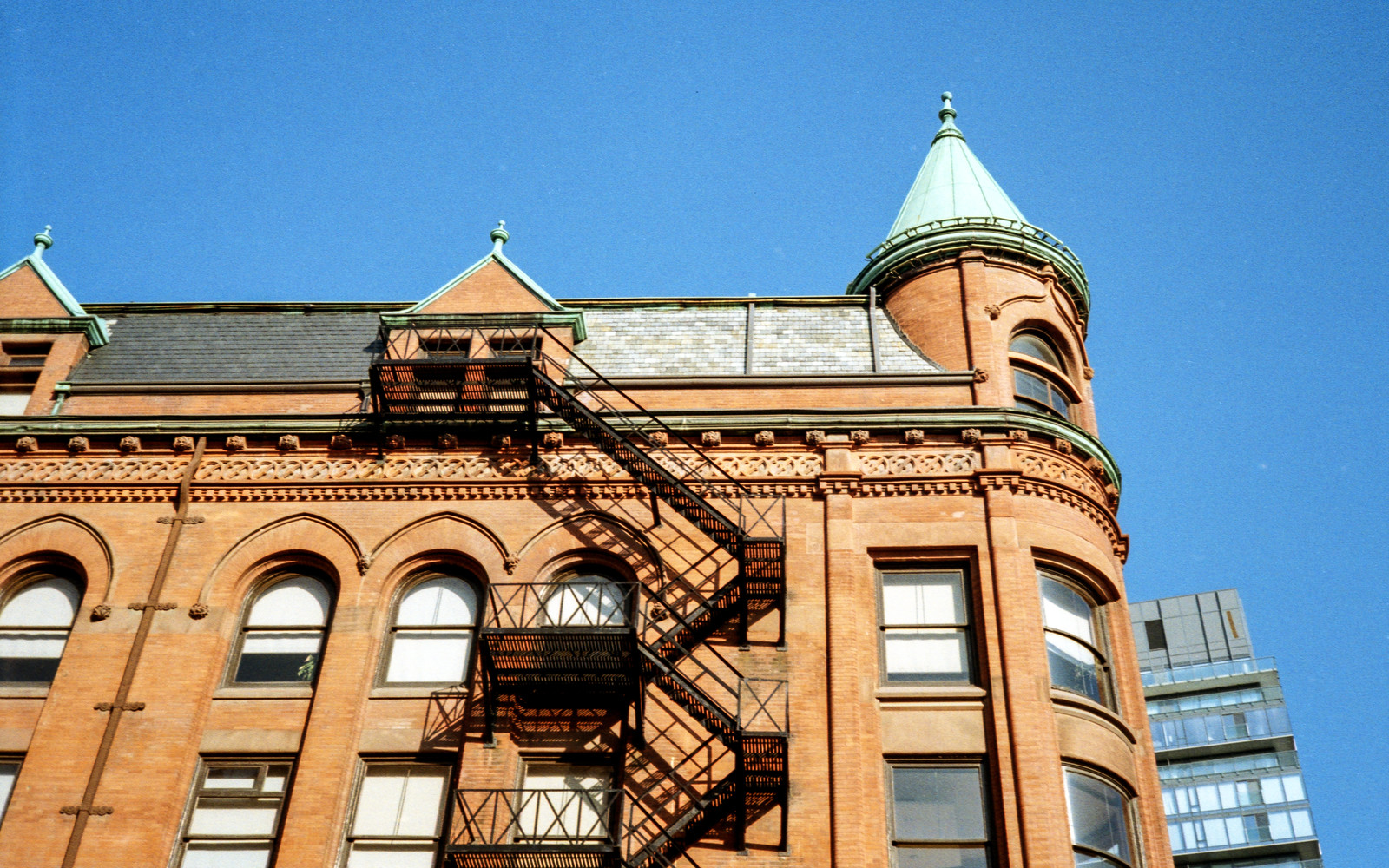

Want a subscription to SilverGrain Classics and are a fan of Classic Camera Revival? Visit their shop online and buy a magazine or a subscription? Looking for a good spot to get your gear and material fix check out Burlington Camera (Burlington, ON), Downtown Camera (Toronto, ON), Film Plus (Toronto, ON), Belle Arte Camera (Hamilton, ON), Pond’s FotoSource (Guleph, ON), Foto Art Camera (Owen Sound, ON). Out West there’s The Camera Store (Calgary, AB) and Beau Photo Supply (Vancouver, BC). Additionally you can order online at Argentix (Quebec), buyfilm.ca (Ontario), the Film Photography Project or Freestyle Photographic. Looking for development options, check out these labs that have our support, Boréalis Photo Lab, Old School Photo Lab, The Darkroom, and Film Rescue International.
Also you can connect with us through email: classiccamerarevivial[at]gmail[dot]com or by Facebook, we’re at Classic Camera Revival, Twitter @ccamerarevival, and Instagram (@classiccamerarevival)!
